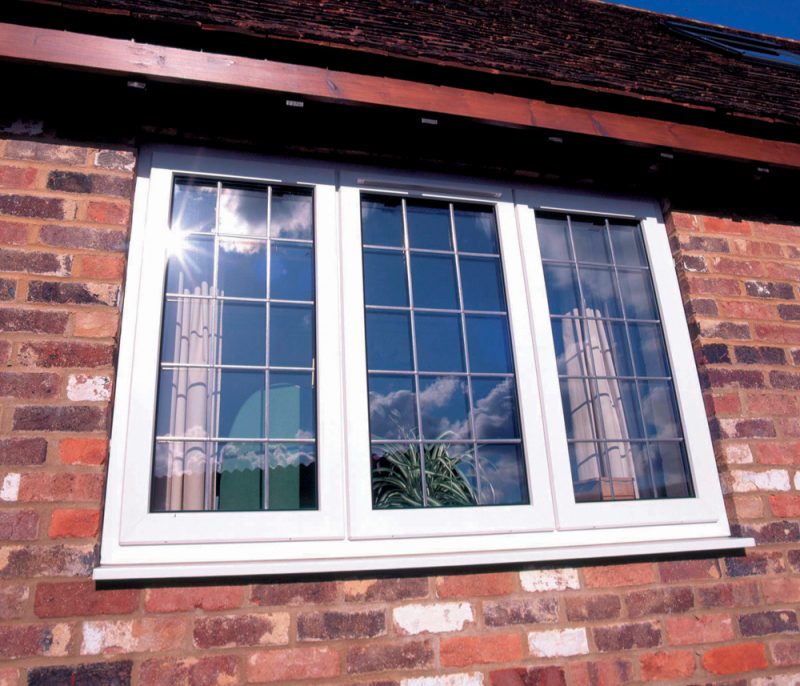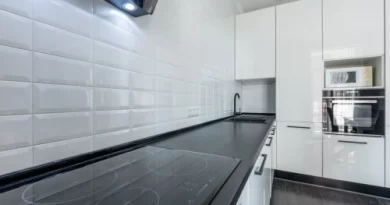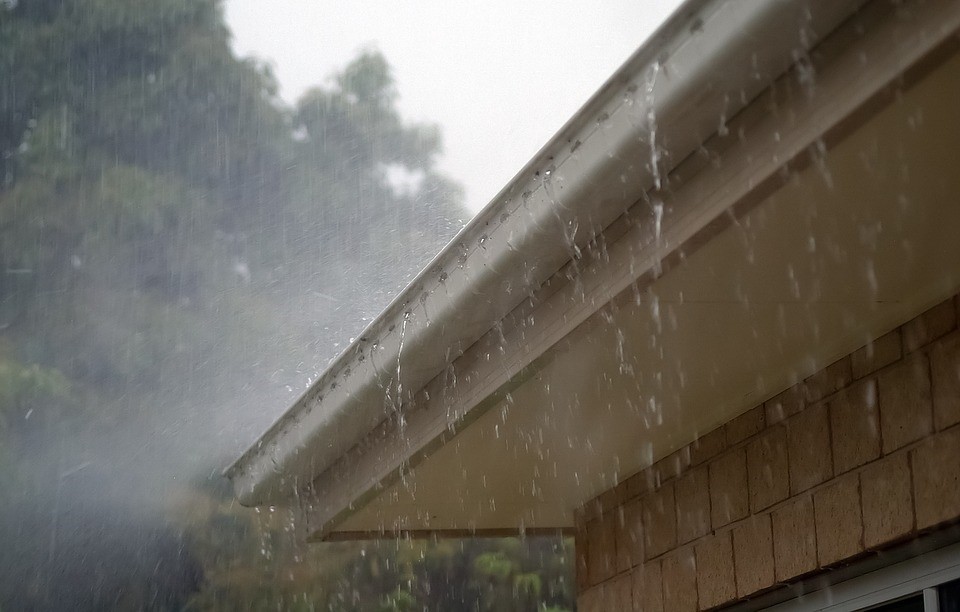Glazing Options in Windows Replacement Projects
Want to bring the best out of the windows replacement project? Install window glazing’s for better results.
Window Glazing Options in Windows Replacement Projects
In windows replacement project, it’s not only necessary to look for the best piece to take the place but, it also requires consideration about the glass in the frames and gas filled between the panes. Even, it’s not just about selecting between single glazed and double-glazed windows. Homeowners are expected to analyze every option and calculate their impact over home’s performance in order to pick up the best one.
Among different crucial aspects, window glazing tends to have a lot of significance because it is responsible to provide myriads of benefits- be it insulation, energy efficiency or security. However, not every window glazing could work in the same way as it works for someone else, meaning that homeowners should have to know which type of glazing would complement the components and promise satisfaction. But what are the options? Total Home Windows and Doors has listed some of them:
Low-E Glass
As compared to other glazing options, low-e glass is quite reasonable. As a matter of fact, it is different from regular glass due to the presence of a thin metallic film on the surface of the window panes. This film is responsible for maintaining temperature in all seasons, homeowners just have to consider the grade or quality. What most of the people misunderstand about low-E glass coating is that it blocks the way of sunlight, thus causing darkness in the home. In reality, it only controls heat transfer rather than sunlight passing through.
Reflective Films
Similar to low-E coating, reflective film is a thin metallic layer on the glass’s surface. It is applied during the windows replacement project and is available in light colors i.e. silver and gold. Their impact is different from low-E coatings as they block heat and natural light from coming inside, thus are suitable for homes where inhabitants do not need sun rays to disturb their view. However, this facility would lead to the increase in electricity consumption, causing homeowners to pay high utility bills.
Heat-Absorbing Windows
Apart from reflection, absorption is another option to maintain heat transfer. In this type of glazing, a special chemical is used that reacts with the heat and causes it to absorb while passing through the windows. They are normally tinted and colored in bronze, gray and blue to blend with the existing architecture. These tints are responsible to block sunlight from affecting the property. However, green and blue tints let light to pass through. Here, the thing to keep in mind is that some heat would be transferred through conduction and re-radiation, which controls energy efficiency.
Window Gas Fills
In windows replacement project, Total Home suggests to use sealed glazing units as they do not allow moisture and air to pass through the gaps between the glass panes. Practically, these spaces are filled with special gases, particularly krypton and argon, instead of air because they offer higher level of resistance against heat transfer, allowing homeowners to keep hot air out during summer and inside in cold season. For better results, these gas fills can be combined with other technologies, especially low-E coatings, for better insulation and energy efficiency.




